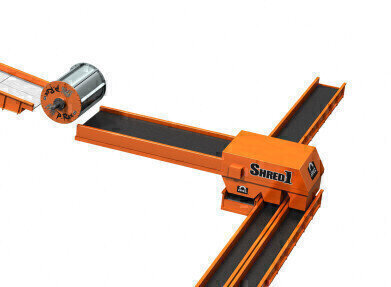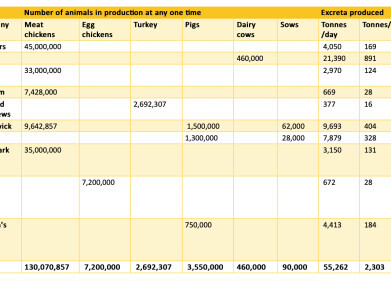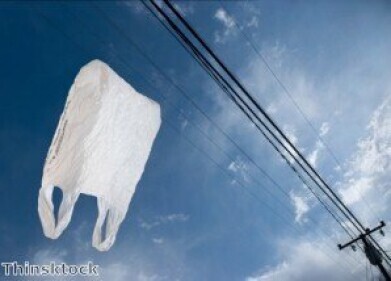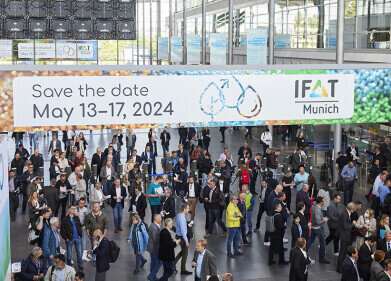Waste Management
Process to Help Recyclers Reduce Labor Costs and Increase Profits by Separating #1 Shred and Copper
Jul 29 2011
The new Eriez CleanStream™ Process combines the brute-power of Eriez’ P-Rex® Drum and new Shred1™ Separator to immediately increase recyclers’ profitability. The P-Rex Drum improves ferrous recovery by one to two percent while the Shred1 Separator produces a low copper content #1 Shred (MSA defines #1 Shred as <.17%), a premium deliverable to the steel industry.
In the CleanStream Process, materials first pass through Eriez’ innovative Drum Magnet, or P-Rex, to recover all potential ferrous material. P-Rex’s powerful magnetic circuit, designed using sophisticated modeling techniques, is up to 40 percent stronger than prior electro drums, and is capable of moving large spherical objects at twice the distance. Current electromagnetic drum technology simply is not capable of sustaining a deep enough magnetic field to attract much of the heavy spheres referred to as meatballs and knuckles.
Next, materials go on to the Shred1 Separator, which uses “ballistics” to automatically separate high-grade, iron rich ferrous from mixed metals and waste. It utilizes a high speed conveyor belt and subjects the material to forces that push different materials into different trajectories. The result is that the smallest and purest items are pulled from the natural trajectory of the larger and less pure ferrous and ferrous composite items such as meatballs, tires, etc. The more pure ferrous items report to the #1 Shred chute and move to the stacking conveyor not requiring hand picking.
Material that is not collected into the #1 Shred chute goes to one of two other collection chutes. The second fraction is larger sized ferrous items and lower grade ferrous including meatballs and wiring harnesses, as well as some waste. This stream represents the remaining 20 to 30 percent of the original stream and proceeds to the hand picking stations. Since the CleanStream Process has reduced the volume, the hand picking stations can be equipped with slower and narrower belts and now require fewer picking personnel, saving time and money.
The third stream represents mostly the non-value wastes. According to Eriez, the bulk of this material is shredded steel belted rubber tires. Any valuable metals in the third stream can be easily handpicked as this volume is less than ten percent of the original volume.
Tim Shuttleworth, President and CEO, says, “We saw that there was a defined need for an innovation such as the CleanStream Process in the recycling industry.” He explains, “The alternative approach is to use an x-ray scanning system. Not only are these systems incredibly expensive to buy or lease and operate, they are not as efficient as the CleanStream Process.” He continues, “Unlike the revolutionary CleanStream Process, these expensive and delicate technologies still require heavy hand sorting. We believe these scanning systems can be eliminated.”
Shuttleworth explains, “The CleanStream Process delivers payback in three ways. First, the number of hand pickers required is reduced. Second, CleanStream enables shredders to consistently deliver low-copper content shred, for which steel mills will pay a premium because too much copper in a melt will embrittle the steel batch and affect the surface quality of the end product. Finally, you must factor in the value of meatballs, other copper and nonferrous items recovered as discrete saleable commodities. Meatballs are worth several times more by weight than shredder steel and automated equipment recovers more of the material than manual sorters can.”
Events
May 05 2024 Seville, Spain
May 13 2024 Munich, Germany
May 23 2024 Beijing, China
May 23 2024 Beijing, China
Jun 10 2024 Algiers, Algeria













